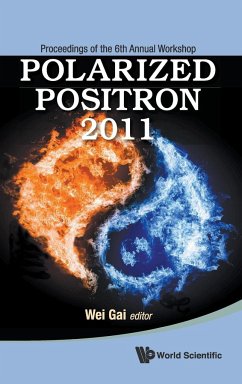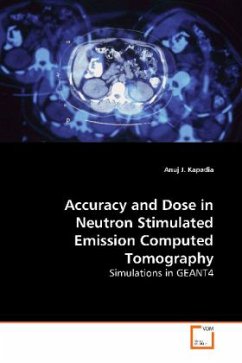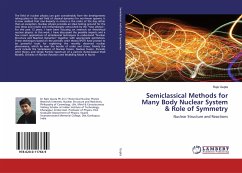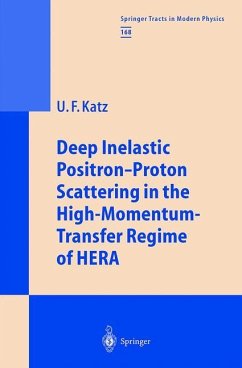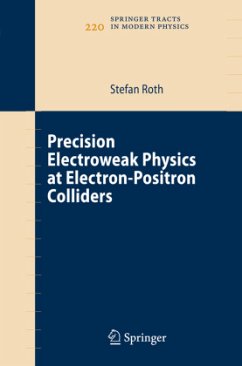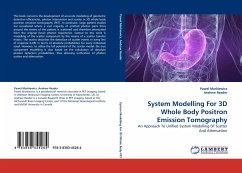
System Modelling For 3D Whole Body Positron Emission Tomography
An Approach To Unified System Modelling Of Scatter And Attenuation
Versandkostenfrei!
Versandfertig in 6-10 Tagen
45,99 €
inkl. MwSt.

PAYBACK Punkte
23 °P sammeln!
This book concerns the development of accurate modelling of geometric detection efficiencies, photon attenuation and scatter in 3D whole body positron emission tomography (PET). In particular, large patient studies are considered where a vast majority of emitted photon pairs from around the centre of the patient is scattered and therefore attenuated from the original (true) photon trajectories. Central to this work is modelling of the scatter component by the means of a scatter transfer matrix. The matrix describes the detection of scatter events in every line of response (LOR) in terms of abs...
This book concerns the development of accurate modelling of geometric detection efficiencies, photon attenuation and scatter in 3D whole body positron emission tomography (PET). In particular, large patient studies are considered where a vast majority of emitted photon pairs from around the centre of the patient is scattered and therefore attenuated from the original (true) photon trajectories. Central to this work is modelling of the scatter component by the means of a scatter transfer matrix. The matrix describes the detection of scatter events in every line of response (LOR) in terms of absolute probabilities for every individual voxel. However, to utilise the full potential of the scatter model, the true component modelling is also based on the calculation of absolute photon detection probabilities, thus allowing unification of photon scatter and attenuation.




